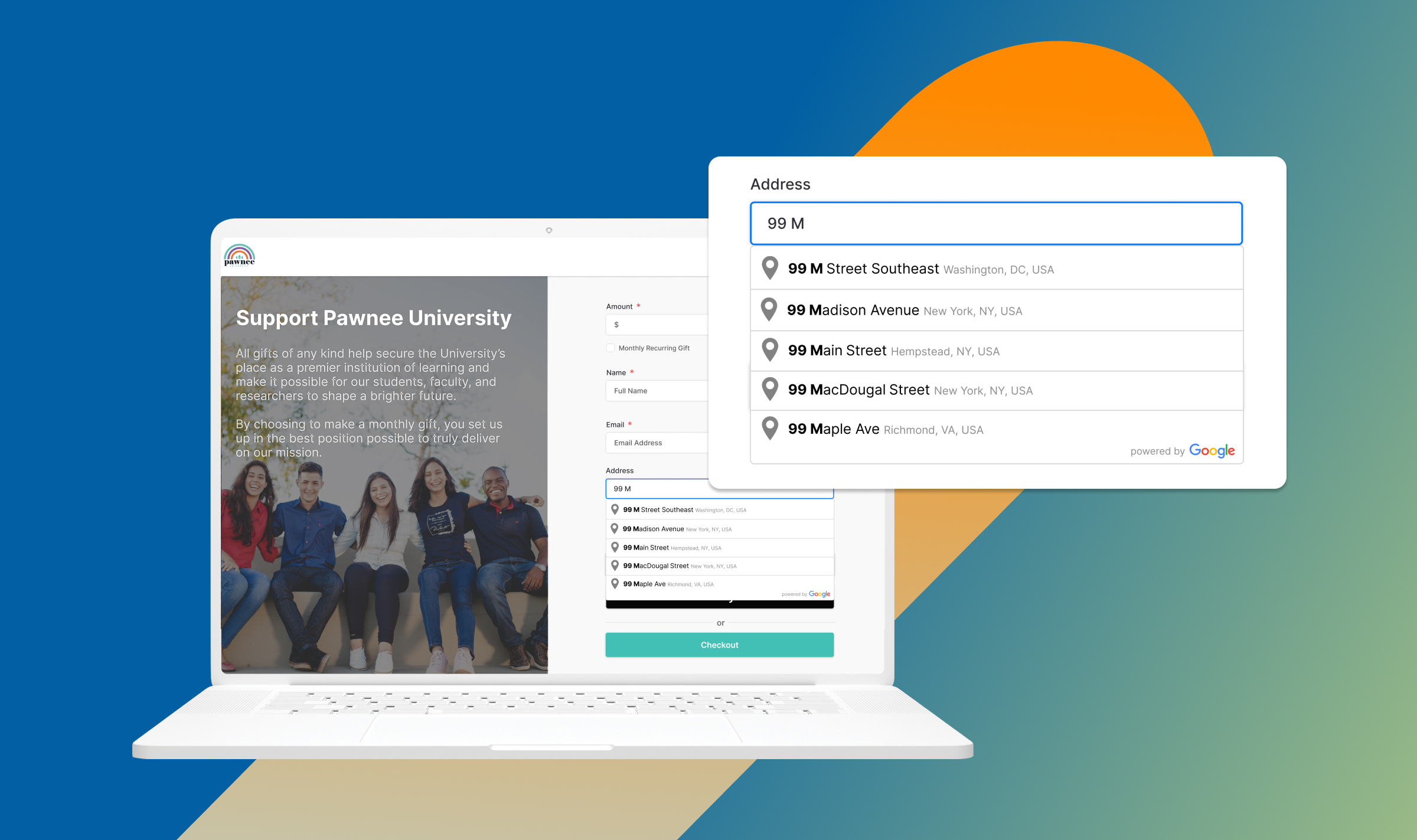This article was originally published on Forbes Business Council.
In the 1994 book Built to Last: Successful Habits of Visionary Companies, Stanford researcher Jim Collins wrote: “Visionary companies pursue a cluster of objectives, of which making money is only one—and not necessarily the primary one.”
Collins and fellow Stanford researcher Jerry Porras concluded at the time that the world’s most enduring and successful companies had something surprising in common: They each had “core values and a sense of purpose beyond just making money.” Nearly three decades later, it’s telling that many of these “built-to-last” companies still continue to thrive.
When my co-founder and I decided to launch a startup, we knew the first order of business was to define our mission. “Why do we exist?” we asked ourselves. We put the answer in writing to codify it.
Nine years later, that mission—to help advance the quality, affordability and accessibility of education—remains the driving force for everything we do. It is the lens through which we view virtually everything—every new hire, every new initiative and investment, every critical decision, every goal and achievement.
Being Mission-Oriented Is An Operational Advantage
We are intentionally building GiveCampus to last, and being mission-oriented is an operational advantage we highly recommend to fellow entrepreneurs. When you know what you stand for, you know who you want to work with—and that makes it easier to stay on course.
Our mission informs not only who we recruit to work for us but also who we partner with and, ultimately, where and how we deploy our resources. A shared purpose among both internal and external stakeholders makes navigating every next step that much clearer. It helps us achieve alignment across the organization, which leads to better operational performance—and that helps us deliver more lasting value to the schools with whom we partner. Our mission informs:
Who we hire: Our team members share a deep and abiding belief in the intrinsic value of education. The vast majority of them have firsthand knowledge of the educational fundraising landscape and are uniquely attuned to the pain points that our customers confront every day. They are hyper-focused on the mission and equipping fellow fundraisers with the technology they need to engage more donors and raise more dollars.
Who we partner with: In 2022, we raised $50 million in a minority growth equity financing. When seeking this investment, we sent prospective investors a memo that framed our business opportunity in terms of our mission and the impact we seek to deliver. This helped ensure clarity and alignment with our investors: We exist to help schools provide higher-quality, more affordable, more accessible education. Profits are an important ingredient to our long-term success, but they are not our primary purpose.
Who we work for: We’ve facilitated more than $3.5 billion in charitable giving to more than 1,300 colleges, universities, and K-12 schools. We’ve also donated $1 million in free fundraising support to bolster programs and initiatives that assist students who come from lower-income households, first-generation students and students who are underrepresented through our Social Mobility Initiative.
Creating A Mission-Oriented Culture
Companies looking to foster a more mission-centric culture should put their mission in writing—and put it everywhere. Put it in the foyer at corporate headquarters. Put it on a dedicated page of the company website. Put it in social media profiles. Put it in job postings. Put it in press releases. Make it a part of every company all-hands meeting and every new hire orientation.
Mission matters, especially to today’s workforce. Companies that have a clear understanding of their purpose and are committed to meaningful work stand to benefit when it comes to attracting and retaining like-minded talent.
According to a 2022 survey (download required) conducted by Bentley University and Gallup, younger Americans made it clear that they expect more from today’s businesses. The survey found that “Americans aged 18 to 29 are … more likely than those in older age groups to say it is extremely important for businesses to focus on long-term benefits to society rather than short-term profits.” Additionally, 71% of those in this key demographic said they would leave their “current job to work at an organization that has a greater positive impact on the world.”
Putting your mission front and center is essential to attracting the right people—whether they’re job applicants or potential investors and partners. If you’re in the process of researching and vetting the latter, go ahead and check their lobbies and landing pages for their mission. If you can’t find one, investigate why. If you do find a mission, but that mission doesn’t resonate deeply with you, that’s a sign to move on.
Finally, make a concerted effort to identify and implement a philanthropic strategy that, in some way, either mirrors or complements your stated mission. Think about where your business can deliver the greatest value and perhaps bridge a gap that no one else can. Carefully vet any nonprofits and causes the way you would a prospective job candidate or business partner. You really can’t go wrong when you lead with a purpose that you believe in.
In the end, there is no downside to taking a mission-oriented approach in building and running your business. In fact, knowing what you stand for and why you exist may just be your greatest asset. That’s true for companies and individuals alike.
Share our mission?
Discover how GiveCampus can help your school raise more money with less time and effort through best-in-class technology and mission-driven support.




